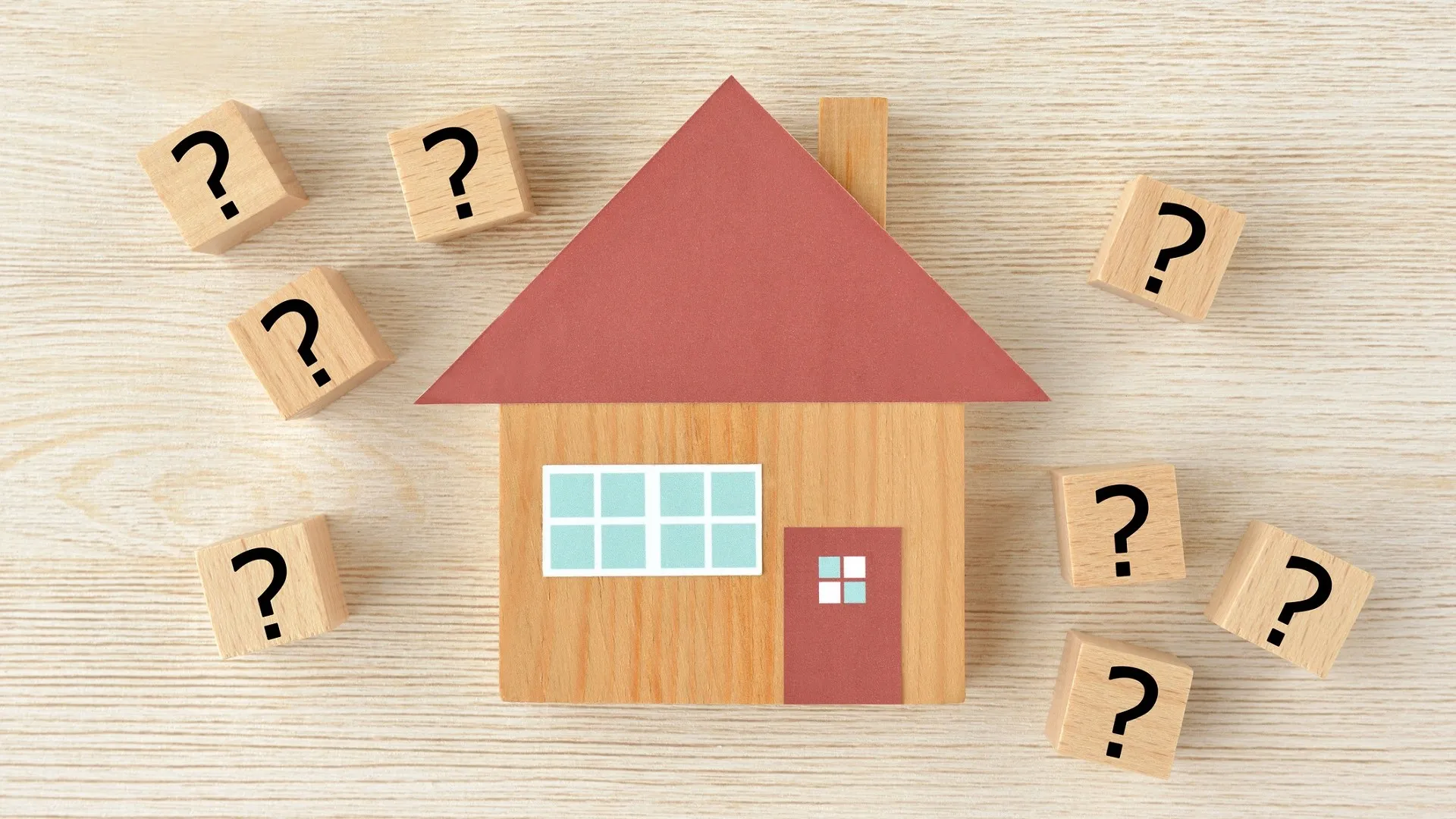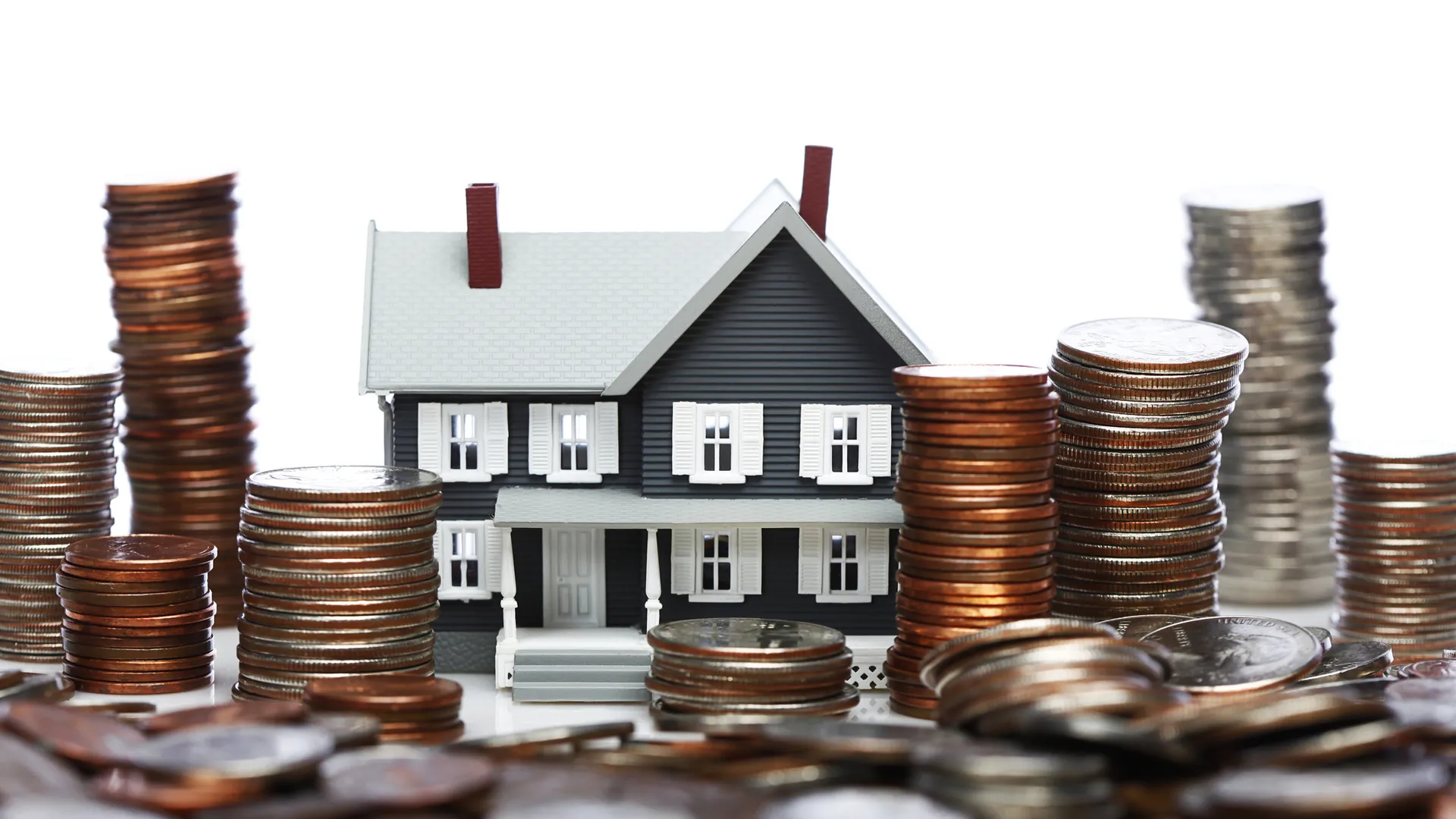MORTGAGE
CALCULATOR
How much home can you afford? Use our mortgage payment calculator to see what your monthly payments would be with a fixed-rate mortgage.

How Your Mortgage Payment Is Calculated
Understanding how much you need to pay each month towards your mortgage is essential to your financial success, as your mortgage is typically your most significant expense each month. Note that you will likely have to make additional payments for your home each month outside of your mortgage payment. These can include property taxes, insurance premiums and homeowners association fees.
Costs Included in Your Monthly Mortgage Payment
- Monthly mortgage payment
- Escrow account
- Principal and interest
- Homeowners insurance
- Property taxes
- PMI
- HOA fees
To calculate your mortgage payment you will need to know the total amount of your loan (the purchase price minus the down payment), the loan interest rate and how many years the mortgage loan is for or the number of payments. Here’s a closer look at what those terms mean:
- Purchase price: This is the amount you agree to pay for the home.
- Down payment: This is the portion of the purchase price you pay upfront.
- Loan interest rate: This is the rate the loan is charging on your principal.
- Term of loan: This is how long the loan is for.
How GOBankingRates’ Mortgage Payment Calculator Works
When you are looking to buy a home and are staring down the barrel of a 30-year fixed rate mortgage, it would be good to know the difference between the monthly interest rate and the annual interest rate you’ll be paying. GOBankingRates factors in all the elements of your loan amount for the next 30 years. Here are some key takeaways as to how GOBankingRates’ mortgage calculator can help you:
- It will help you determine how much you can afford.
- Assess what your monthly payments would be with a fixed-rate mortgage.
- Assist you in figuring out your amortization schedule.
Mortgage Payment Formula
If you are looking to calculate your mortgage payments and don’t have GOBankingRates simple mortgage calculator, here is a formula you can follow:
M = P [ i(1 + i)^n ] / [ (1 + i)^n – 1]
Here’s a breakdown of each of the variables:
- M = Total monthly payment
- P = The total amount of your loan
- I = Your interest rate, as a monthly percentage
- N = The total amount of months in your timeline for paying off your mortgage
What Costs Are Included in a Mortgage Payment?
Your mortgage payments are primarily determined by your principal – the amount of money you borrowed from the lender – and the interest – the money you are charged by the lender for borrowing the money.
However, depending on your loan terms, other costs may be included in your mortgage payment. These can include:
- Property taxes: Many lenders roll property taxes in with your monthly mortgage payment. These taxes are calculated based on the tax rate in your area and the current market value of your home.
- Homeowners insurance: Your homeowners insurance might be part of your monthly payment, which is deposited into your escrow account that the lender uses to pay your insurance, and perhaps your property taxes.
- Mortgage insurance: If your down payment was less than 20%, you will likely have to take out PMI, or private mortgage insurance. This policy protects your lender in the event that you are unable to make your payments.
Other Factors That Determine Your Mortgage Payment
- Home Price: Cost of the house itself before taxes, insurance or realtor fees.
- Down Payment: The lump sum of cash you have to put down in order to buy the home, which is typically around 7% to 20%.
- Mortgage Rate: The agreement between you and a lender that allows you to borrow money to purchase or refinance a home.
- Loan Type: There are many types of loans when it comes to buying a home which are listed in the next section.
Types of Mortgage Loans
Mortgage loans can vary in the amount you can borrow and the interest rate you’ll pay. Here’s a look at some of the most common types of mortgage loans available. For example, With a fixed-rate mortgage — or FRM — you have a locked-in, fixed interest rate for the entire mortgage term. By comparison, with an adjustable-rate mortgage, or ARM, the interest rate can vary over the life of the loan. Here are descriptions of the types of mortgage loans you can find:
Fixed-rate mortgage: With a fixed-rate mortgage, the interest rate the borrower pays is fixed over the life of the mortgage loan and all payments are equal in size.
Adjustable-rate mortgage: The introductory interest rate on an adjustable-rate mortgage loan tends to be lower than that of a fixed-rate mortgage. However, the interest rate eventually resets to reflect current market conditions and the rate can fluctuate over the length of the loan.
Interest-only mortgage: The borrower only makes interest payments to begin with and does not put any money toward the principal amount borrowed. After the interest-only period, payment balances increase and money is applied to both the principal and interest.
Jumbo loan: A jumbo mortgage loan is a home loan that exceeds conforming loan limits. In most of the U.S., the 2023 maximum conforming loan limit for one-unit properties is $726,200, according to the Federal Housing Finance Agency.
Reverse mortgage: When you take out a reverse mortgage, the lender makes payments to you, the homeowner, rather than the other way around. A reverse mortgage can help senior homeowners get access to funds to cover living expenses while also remaining in their homes.
FHA loan: An FHA loan is one that is insured by the Federal Housing Administration. FHA loans are designed specifically to help first-time homebuyers and buyers with lower income or past credit problems get a mortgage.
VA loan: Veterans of the U.S. Military can obtain a federally guaranteed home with no down payment.
Subprime mortgage: Subprime mortgage loans are a class of loans that are offered at a higher rate to borrowers who are unable to qualify for lower-interest loans from conventional sources.
Next Steps To Take With Your Mortgage
If you are looking to refinance or even figure out how to get pre-approved for your first home purchase, there are many documents you’ll need to gather to get your literal and figurative house in order. Documents and information you’ll need include, but are not limited to the following:
- Tax returns and W-2s
- Pay stubs or other proof of income
- Bank statements and other assets
- Credit reports
- Photo identification
- Renting history
How To Lower Your Monthly Mortgage Payment
If you already have a mortgage or are about to get one and want to figure out ways to either lower your monthly payment or refinance altogether, there are ways to go about that as well. Here are some areas to explore to get your payments lowered:
- Loan length options: Extending the length of your loan can help lower your monthly payment. For example, extending to a 30-year fixed rate mortgage as opposed to a 15-year can make your monthly payments more manageable but could mean the interest rate will also be adjusted.
- Down payment options: The more cash you put down the less you’ll have to pay per month when the payments are divided up for the entirety of your loan.
- Refinance options: Essentially there are two options for refinancing which are no cash-out refinance and cash-out refinance.
- Buying points: These points lower your interest rate in exchange paying for an upfront fee.
Caitlyn Moorhead contributed to the reporting for this article.
Other Calculators
Learn more about your finances by checking out these additional calculators.









